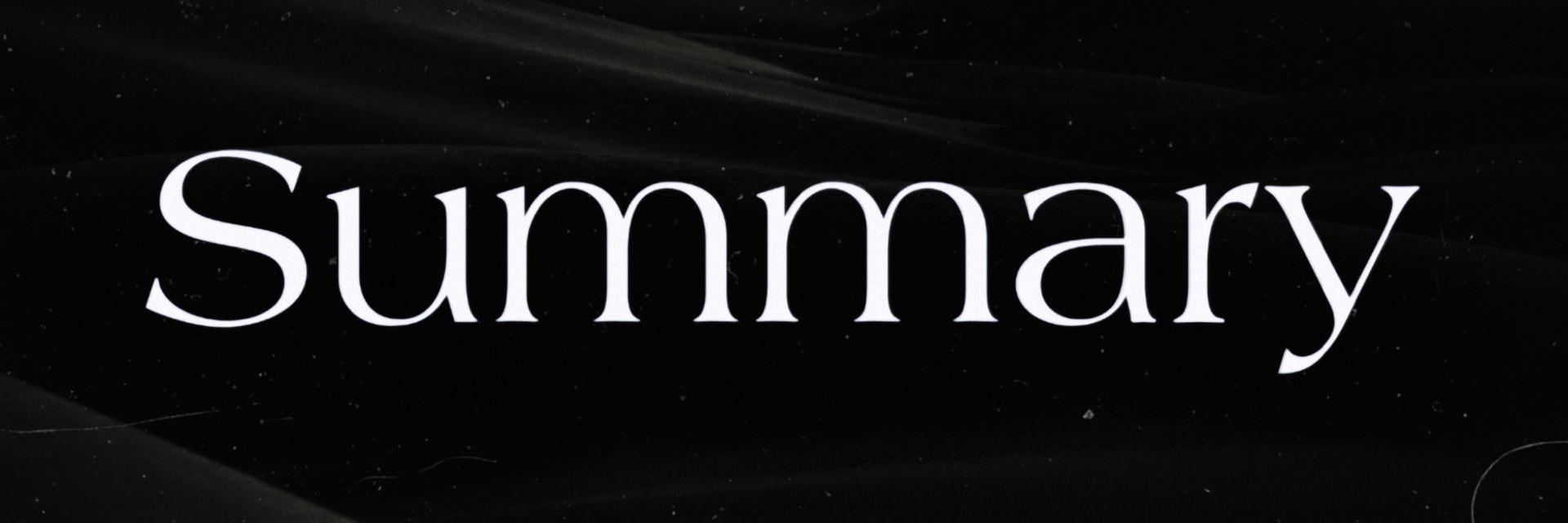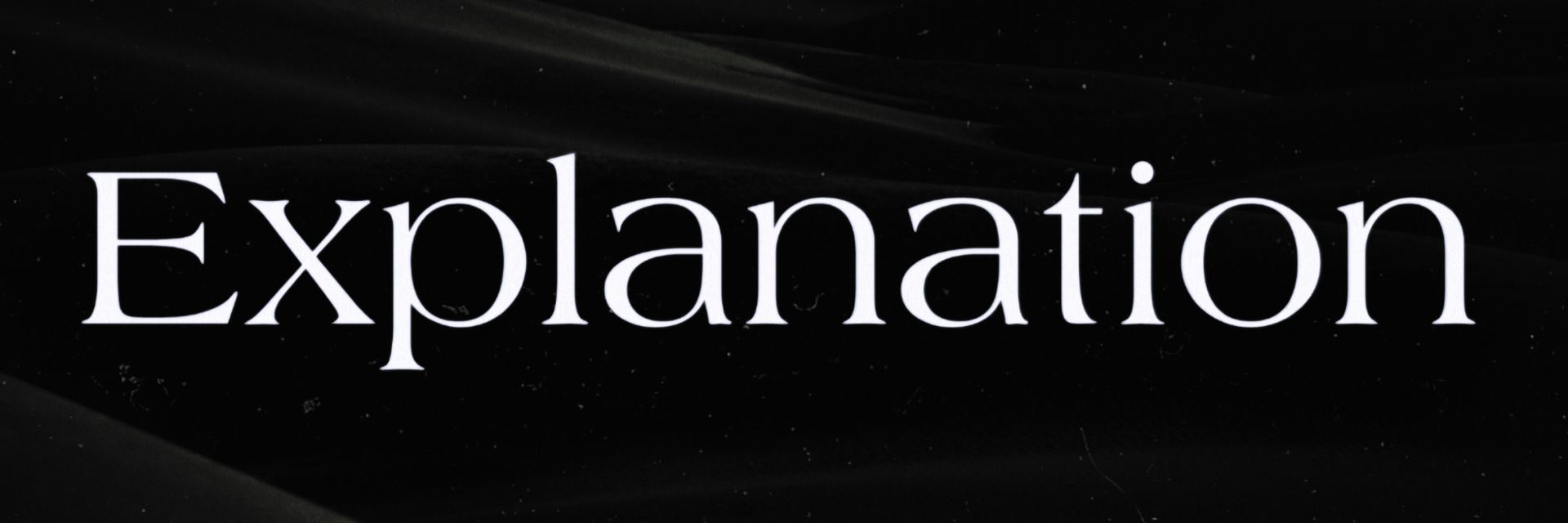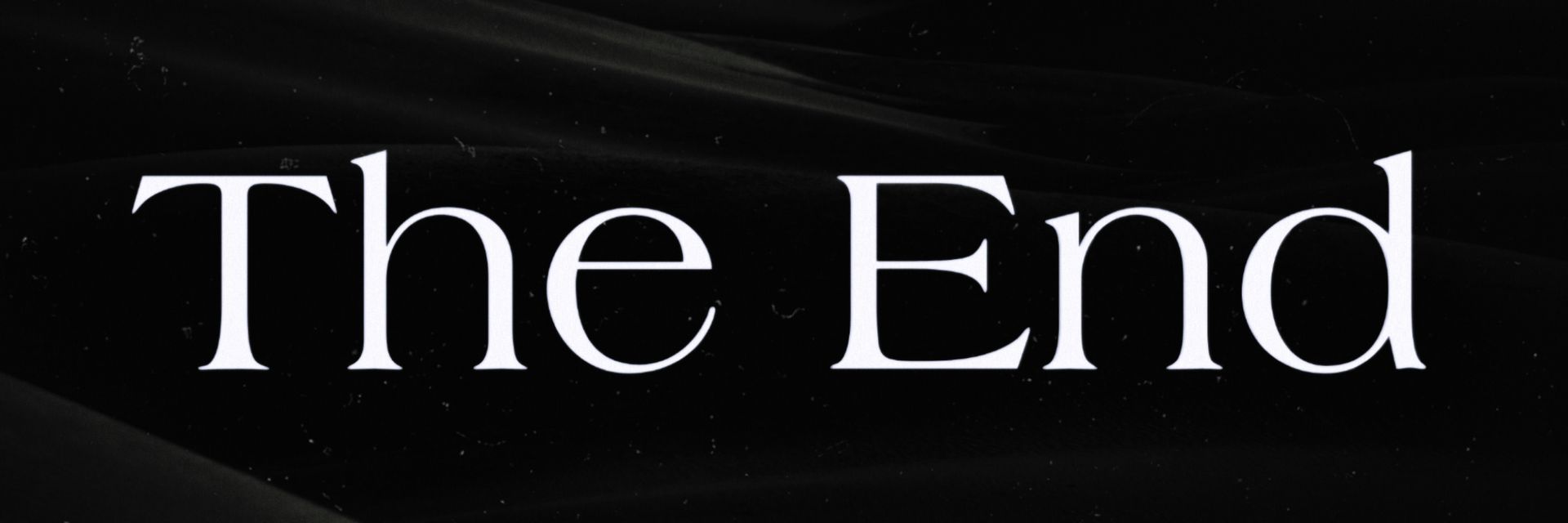𝐀𝐥𝐜𝐨𝐡𝐨𝐥 𝐏𝐨𝐢𝐬𝐨𝐧

The U.S. government poisoned alcohol during Prohibition in the 1920s and 1930s, killing more than 10,000 people.

In 1926, the federal government increased the amount of methanol, a poisonous alcohol-based substance, required in industrial alcohols, which people at the time used to make bootleg liquor. Faced with the ongoing failure of Prohibition, the increase was intended to discourage people from drinking.
"It gives a greater warning to the drinker that he is getting hold of something that he should leave alone," a government chemist told the New York Times at the time.
But people didn't stop drinking. Thirsty for any booze they could get, many Americans risked drinking the super-poisoned alcohol — and thousands died as a result.

Bạn đang đọc truyện trên: AzTruyen.Top